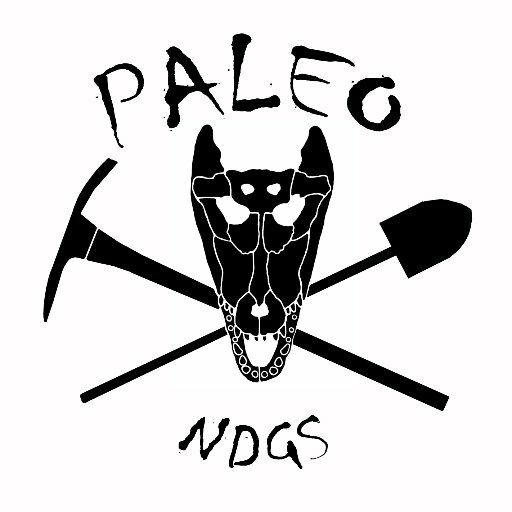
Jormungandr walhallaensis: a new mosasaurine (Squamata: Mosasauroidea) from the Pierre Shale Formation (Pembina Member: Middle Campanian) of North Dakota
Project
ID: 000566333
Public
Mosasaurs are large, carnivorous aquatic lizards with a global distribution that lived during the Late Cretaceous. After two hundred years of scientific study, new mosasaur species are yet discovered as new localities are explored and specimens collected long ago are re-evaluated using modern standards of species delimitation. Even so, the phylogenetic positions of many key taxa are unresolved and therefore our understanding of mosasaur macroevolution is muddled. Here, we describe a new genus and species of mosasaurine mosasaur comprising a partial skull and skeleton from the Pembina Member of the Pierre Formation in Cavalier County, North Dakota, USA. The lower bound on the age of the specimen is 80.04 ±0.11 Ma, provided by the underlying bentonite bed. Its skull and jaws are nearly complete, and the postcranial skeleton preserves seven cervical vertebrae with three hypapophyseal peduncles, eleven ribs, and five anterior dorsal vertebrae. The new specimen was scored into a modified version of an existing phylogenetic matrix of Mosasauroidea and was recovered in a polytomy with Clidastes; however, given that its morphology is significantly different from that of Clidastes, we refer it to a new genus and species, Jormungandr walhallaensis. Notably, this new taxon shares a mosaic of features seen in both basal (e.g, Clidastes; high dental counts) and derived (e.g., Mosasaurus; subrectangular quadrate) mosasaurines, in addition to possessing its own unique suite of autapomorphies. Given that it possesses morphology intermediate between Clidastes and Plotosaurini, we suspect that future analyses of mosasaur phylogeny, following the addition of new characters and taxa, will recover Jormungandr as transitional between them. Its occurrence increases the known diversity of mosasaurs from the Pembina Member and is the earliest mosasaur to possess autapomorphies of Plotosaurini. Finally, we also analyzed the matrix using different outgroups to test their effect on tree topology and resolution, and found that including multiple non-mosasauroid anguimorphs increased resolution, but not support, of mosasaurid ingroup relationships.
| Identifier | Taxonomy | Total Media | Date Added | Source |
|---|---|---|---|---|
| NDGS:10838 | Jormungandr walhallaensis | 57 | 2023-09-25 | User Created |